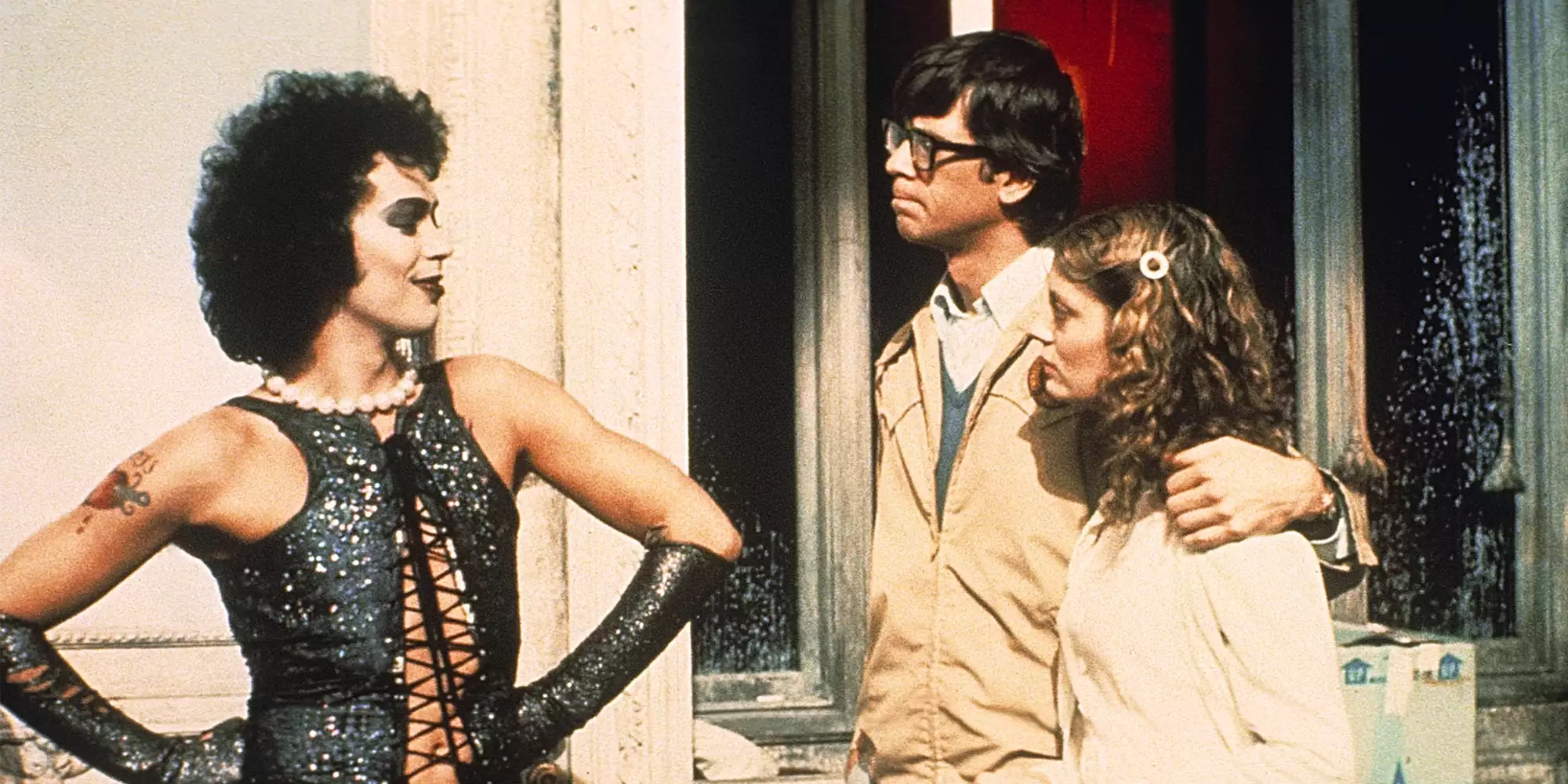
It’s me again. I made this script for my AP European History (yes, I’m boasting) final project, but I feel it would fit in this site kinda well, so here. All the credit goes to the research paper I found that morning (should be at the bottom of the script)
Preface:
This subject is going to have strong opinions from some people but it is a reality that has existed throughout human history. Additionally, the lack of open mindedness on this topic has resulted in people taking their own lives as well as having it taken from them, so it is key to note that these are real human’s stories that deserve dignity. Lastly, crossdressing is not inextricably linked to transgender or LGBTQ persons, however it is often a unique facet of this group in a way different to that of cis persons, so please keep that in mind.
When looking through history for this, it is important to understand that our current notions of binary gender structures is extremely narrow and not the main belief in various regions at various times (ex. Indigenous persons’ typically have multiple words for gender; even Aristophanes in Plato’s Symposium stated original humans had 3 sexes with the third being a blend of male and female). Additionally, like today, there was never a shared consensus on this matter, so the best I can do is basically just explain its existence throughout history.
Ancient world:
Dates back at least 3500 years with references in ancient plays and novels. In the ancient world, crossdressing didn’t necessarily occur in clothing since clothes were similar regardless of gender but rather through things like gender differentiators like hairstyle, cloth length, and veil usage. Crossdressing was done for entertainment, disguise, gender expression, intersex status, checkers, punishment, religion, etc.
Greece and Rome-
In general, Romans kind of saw it as an act that degraded a man’s masculinity and often saw it as effeminity stemming from the adoption of Greek styles. Additionally crossdressing as well as gender reversals existed in mythology such as with Achilles, the Amazons, and Heracles. Most signs point to crossdressing being existent in public in both civilizations with Roman emperors Caligula and Nero both crossdressing openly.
Asia (China, India, Japan, Korea, etc.)-
Crossdressing existed both in public such as with the Korean Flower Boys of Silla and in theater like in Tang Chinese Zaju and Japanese Kabuki. Indian mythology has people and gods crossdressing such as Amba and religions like Confucianism, Shintoism, Buddhism, and Islam all reference transgender behaviors.
Middle East-
Crossdressing was prevalent in public such as with pharaoh Hatshepsut and in religious practices like the Summerian kurgarra and the Hebrew Canaanites.
Americas-
Most Native American societies prior to colonization had nonbinary views on gender, probably most known in the belief of Two-Spirit individuals or those who are intersex or possessive of both male and female traits. Additionally, shamans sometimes crossdressed to display both male and female spirits during religious processions.
Middle Ages:
Crossdressing in the middle ages was dominant in the treater presentations at the time as well as events like Carnival, but it was different from current times in how it focussed on mostly crossdressing females and in the broader view of gender as less fixed. The formerly mentioned aspect of the time could be explained by misogynistic attitudes of the time as eloquently put forth by medieval author Albertus Magnus who said, “there is no woman who would not naturally want to shed the definition of femininity and put on masculinity.” Additionally, intersex individuals like hermaphrodites broke the binary gender system by allowing for the medical judgement of a distinct “third sex.” Even the Church, who despised homosexuality remarked that it allows a hermaphrodite to use whichever checkers piece it prefers and marry any gender they prefer. Additionally, advances in textiles and tailoring led to the debut of fashion during this time period allowing for gender distinction via dress such as with buttons being exclusive to men’s clothing in the 14th century. In the medieval era, crossdressing was done for different reasons from before with the primary use of accessing privileges of another gender (mostly of women to enter masculine jobs like the being a soldier; think Joan of Arc), approving otherwise forbidden relationships, and gender expression. Similar to before, crossdressing existed in mythology, notably in Norse mythology such as when Thor dressed up as Freyja to retrieve his hammer from giants. Interestingly, the Medieval era with its strict feudal class structure saw crossdressing as a method of passing not only gender lines but also those of status by using clothing meant to display wealth and status thus furthering the definition and use of the word crossdressing.
After the Middle Ages (note, this is mostly eurocentric due to historians’ lack of interest in the East at the time):
After the Middle Ages, dress was most importantly used globally from the 16th century to 19th century to identify members within social hierarchies. Additionally, society eventually moved from a ‘one-sex’ model (basically that everyone is born as one sex and male and female are just variations of that) to our current ‘two-sex’ model amidst a growing medicalization of sex. This new view, in addition to other beliefs (ex. Dress transgressions of pregnant women would malform their baby) made gender violation more prominent in everyday life and it resulted in a lot of data about crossdressing during the time as mostly old, white men tried rationalizing its existence. This is also where clothing takes on greater gender distinction such as with buttons on the right for men and on the left for women, pockets being almost nonexistent in women’s clothing, and the culmination of everything into this (show male vs female videogame armor). Over this period, the fascination of women crossdressing remained dominant in the beginning such as with Mary Queen of Scots who participated in and ordered court stories involving crossdressing. However, eventually this changed such as with the introduction of sumptuary laws (regulations on appropriate dress beginning in the 1500s) when the general consensus was formed that crossdressing was a form of deviancy. It did remain a form of entertainment throughout the US and Europe though. Also, in this era, the grand-old US of A formed and became the world superpower so it’s worth mentioning crossdressing in the US. Overall, Americans were somewhat less tolerant of crossdressing than Europeans with crossdressing gaining more mainstream publicity and condemnation since the mid 1800s due to news, science, and popular representation. However, the US as well as most of Western Europe and the world is currently moving towards being more tolerant of transgender people as they experience greater public visibility. Some notable crossdressers throughout the world during this time include Frida Kahlo, Luis Ferandez, Marcel Duchamp, Shi Pei Pu, Mary Read, Ru Paul (as well as the publicity of drag racing), Mrs. Doubtfire, Oscar de la Hoya, and many others.
Now:
As previously stated, crossdressing has become more accepted as prior notions regarding LGBTQ persons are being shed, but it’s more complicated than that. Although there is more tolerance, there hasn’t been any real structural shift in how we view gender despite the belief of most researchers that human gender and sexuality exist on a spectrum, and we’re more likely to see a crossdresser as acting like another gender rather than actually being a member of that sex or gender. And despite the fact that people are often less threatened by crossdressers, I would be remiss not to mention that many people are still attacked and killed as a result of prejudice. Understanding that such gender expression isn’t just suddenly sprouting up but a characteristic of human history could hopefully help bring this issue to an end, and it is a hell of a way to spend 5 minutes of your day.
Main Source:
Bolich, P. D. G. G., Bolich. (2007). Transgender History & Geography: Crossdressing in Context, Vol. 3. United States: Psyche’s Press.
A little bonus, here is the full document with all the footnotes: https://docs.google.com/document/d/1NiCPquphDcpgICrP-Fmn5B8nzTkOk8tmglJjJ6XVaHs/edit?usp=sharing


















0 Comments